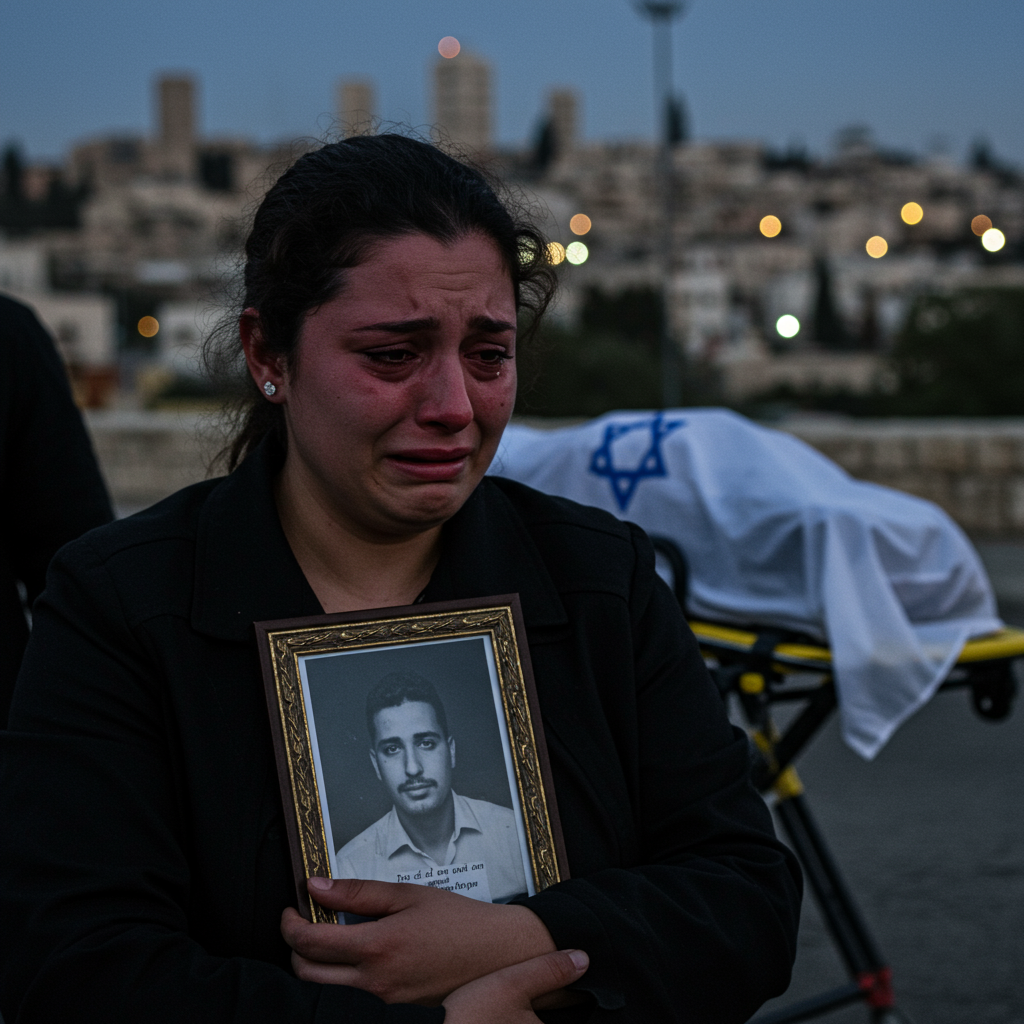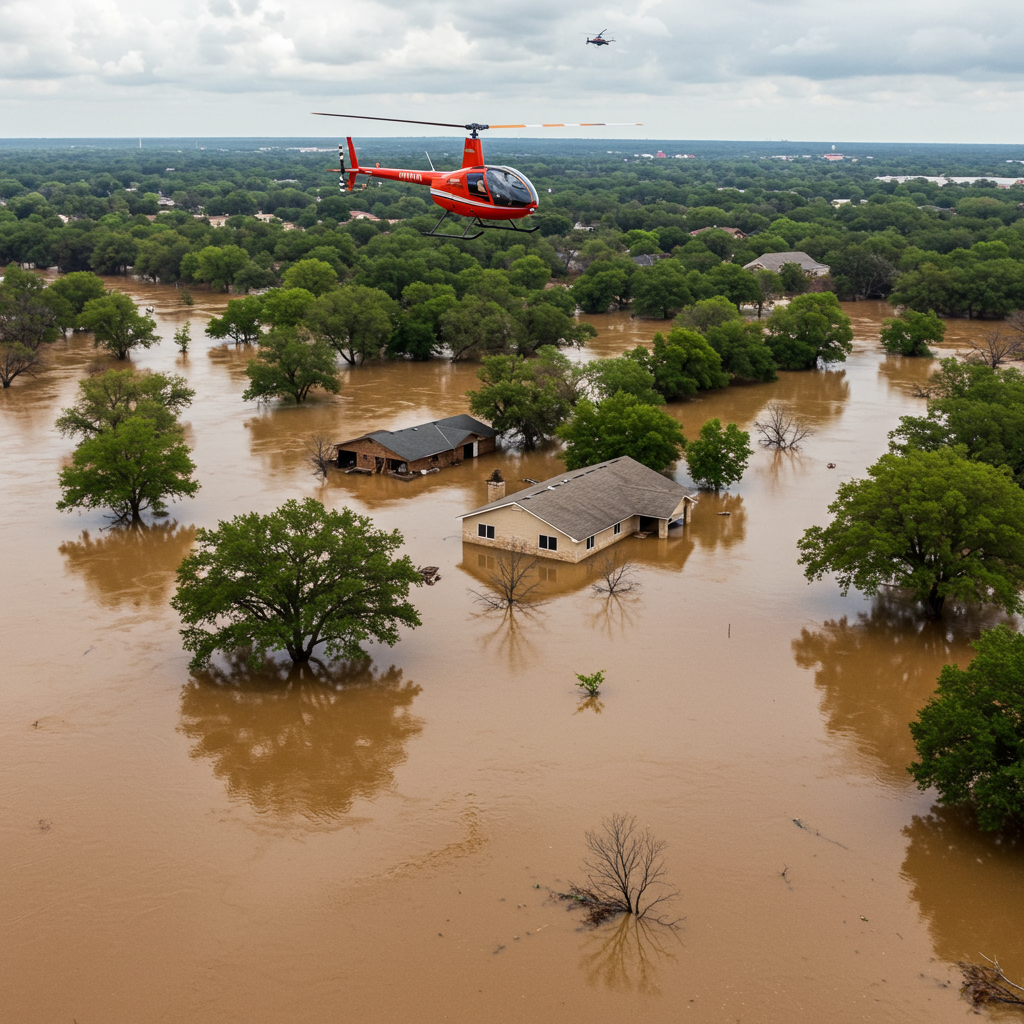The deeply emotional struggle to repatriate deceased Gaza hostage bodies continues to cast a dark shadow over the Middle East’s precarious peace efforts. Families in Israel and around the globe have endured more than 700 agonizing days, desperately awaiting the return of loved ones whose remains are still held in the Gaza Strip. This ongoing deadlock, involving approximately two dozen deceased individuals, has become a significant stress test for a U.S.-brokered ceasefire agreement, highlighting the profound human cost of geopolitical stalemates.
The Unfinished Exchange: A Stalled Peace Deal
The initial promise of a comprehensive ceasefire agreement included the repatriation of all deceased hostages. While a substantial number of living captives were successfully released, the return of deceased Gaza hostage bodies has faltered significantly. This critical aspect of the deal has seen numerous delays and accusations of non-compliance. What began with hopes for a swift, full exchange has devolved into a tense waiting game, exposing the fragile nature of regional diplomacy.
Lingering Sorrow: Families Await Repatriation
For families across Israel, the wait is an agonizing daily reality. Ela Haimi, widow of Tal Haimi, whose body is still unreturned, described the painful limbo as a “reality show” despite the deeply personal tragedy. Her children, she shared, ask daily when their father will finally come home. This profound emotional toll underscores the urgency of resolving the issue, which transcends political maneuvering and speaks directly to basic human dignity.
The Identified and the Missing
Initially, four bodies were returned, including Guy Iluz, abducted from the Nova music festival; Bipin Joshi, a Nepalese student; Yossi Sharabi, a “wonderful partner and perfect father”; and Capt. Daniel Peretz, a South African-Israeli dual national. Their repatriation offered a measure of closure for some, though even this process faced complications, with one body reportedly not matching known hostage profiles. However, many more remains, including those of soldiers and civilians, young and old, from various nations, remain in Hamas’s custody.
Among those still unaccounted for are individuals like 19-year-old Chen, an Israeli-American soldier; 75-year-old Margalit, killed in Kibbutz Nir Oz; 24-year-old Baruch, taken from Kibbutz Be’eri; 21-year-old Mollel, a Tanzanian student killed after being taken from Kibbutz Nahal Oz; and 41-year-old Haimi, a “highly devoted” community member from Kibbutz Nir Yitzhak. The list also tragically includes 85-year-old Zalmanowicz, a grandfather and kibbutz co-founder who died in captivity, alongside police officer Gvili, Or, Adar, Engel, Hayman (the last female hostage), Colonel Hamani, Rudaeff (an Argentinian-born grandfather), Al-Atarash (father of 13), Godard, Neutra (an American-Israeli citizen), Daniel, Thai citizens Oakkharasri and Rintalk, 85-year-old Cooper (a poet and composer), and Goldin, an Israeli soldier killed in 2014. These names represent deeply personal stories, each a testament to the ongoing suffering caused by the conflict.
Hamas’s Stance and Israel’s Response
Hamas has provided justifications for the delayed return of deceased Gaza hostage bodies, primarily citing the extensive destruction throughout Gaza as a significant impediment to locating all remains. The group has also claimed that some captives were taken by other independent militant factions, suggesting these bodies are not under Hamas’s direct control. Despite these explanations, Israel has accused Hamas of deliberately dragging its feet and not exerting sufficient effort to fulfill its commitments under the ceasefire agreement.
Allegations and Aid Blockades
In response to what it views as a breach of the agreement, Israel has implemented punitive measures. The Rafah border crossing, a vital entry point for humanitarian aid into Gaza, has been restricted. Initially, Israel reduced the number of aid trucks permitted into the enclave by half, allowing only 300 trucks instead of the agreed-upon 600. This limitation on aid flow, communicated to the United Nations and international aid groups, directly links the humanitarian crisis to the stalled repatriation process, further complicating an already dire situation for Gaza’s civilian population.
The Fragile Framework: Trump’s Peace Plan
The broader context of the hostage crisis is a U.S.-brokered peace initiative spearheaded by former President Donald Trump. Following the initial success of freeing living hostages, Trump declared that the peace process was “IS NOT DONE,” emphasizing the critical importance of returning the deceased. His comprehensive “20-point peace plan” aims for long-term stability in the region, focusing not only on immediate prisoner exchanges but also on the future governance and security of Gaza.
Demilitarization and Governance Debates
A core, yet contentious, element of Trump’s plan calls for the complete demilitarization of Hamas and the replacement of its rule with an interim government. This proposed administration would be supported by an International Stabilization Force (ISF), potentially involving militaries from Egypt, Qatar, Türkiye, and the UAE, tasked with maintaining stability and training a vetted Palestinian police force. However, Hamas has consistently rejected these fundamental aspects of the plan, asserting its refusal to disarm or relinquish complete control of the Gaza Strip. The group maintains its intention to ensure public safety and property, ruling out discussions about its arsenal unless for a future, internationally recognized Palestinian state.
Humanitarian Crisis Deepens Amidst Stalemate
The political deadlock over the deceased Gaza hostage bodies directly exacerbates the already severe humanitarian crisis in Gaza. Aid restrictions imposed by Israel, coupled with the immense destruction across the Strip (estimated at 55 million tons of rubble), mean that basic necessities remain scarce. While a ceasefire has ended direct fighting, it has not alleviated the profound suffering of Gaza’s inhabitants. The United Nations and other international bodies continue to highlight the urgent need for increased aid and unhindered access to address widespread food insecurity, lack of medical supplies, and collapsed infrastructure.
Accounts of Captivity and Prison Conditions
The human impact extends to those who endured captivity and detention. Freed hostages, like Rebecca Bohbot, have recounted horrific experiences of abuse and suffering, including prolonged food deprivation and mistreatment. Simultaneously, Palestinian prisoners released from Israeli jails as part of the exchange have reported harsh conditions, including frequent beatings, insufficient food, and inadequate medical care. These allegations, which align with findings from human rights groups, paint a grim picture of widespread suffering on both sides of the conflict. In response, Israel maintains adherence to legal standards for prisoner treatment, investigating violations when they occur.
Global Reactions and the Path Forward
The international community watches the developments in the Middle East with a mixture of hope and trepidation. German Chancellor Friedrich Merz sees potential for lasting peace but acknowledges that the “really hard work” is only just beginning. Conversely, Spanish Prime Minister Pedro Sánchez has called for accountability for those responsible for Gaza’s destruction, referencing potential “genocide.” Turkish President Recep Tayyip Erdogan emphasizes that the current framework is a ceasefire, not a peace deal, urging international pressure on Israel for compliance. The daunting task of reconstructing Gaza, estimated to cost $70 billion over decades, adds another layer of complexity to the region’s already immense challenges. The unreturned Gaza hostage bodies remain a poignant symbol of the many unresolved issues that continue to destabilize the path to enduring peace.
Frequently Asked Questions
How many deceased hostages are still believed to be held in Gaza by Hamas?
Following initial exchanges, approximately 19 to 24 deceased Gaza hostage bodies are still believed to be held by Hamas or other militant groups in the Gaza Strip. This number fluctuates slightly due to difficulties in identification and ongoing negotiations. The original ceasefire agreement called for the return of around 28 bodies, but full compliance has not been achieved, despite some initial repatriations. Families continue to endure a painful wait for closure regarding their loved ones.
What role has the international community played in retrieving deceased hostages from Gaza?
The international community, particularly the United States, has played a central role in brokering the ceasefire and negotiating hostage returns. Former President Donald Trump spearheaded the peace plan, while the International Committee of the Red Cross (ICRC) has been instrumental in facilitating the actual handovers of both living hostages and deceased remains. Qatar, Egypt, and Türkiye have also acted as crucial guarantors, monitoring the ceasefire and pressuring parties to adhere to the agreement.
What are the key challenges threatening the long-term Gaza peace process?
Several significant challenges threaten the long-term Gaza peace process. A primary obstacle is Hamas’s consistent rejection of demilitarization and relinquishing control of Gaza, a key demand of the U.S.-brokered plan. The ongoing dispute over deceased Gaza hostage bodies further strains trust. Additionally, the immense humanitarian crisis and reconstruction needs in Gaza require massive international coordination and funding. Issues like the future governance of Gaza, alleged human rights abuses in detention, and deeply entrenched political divides further complicate the path to lasting stability.
The ongoing issue of unreturned Gaza hostage bodies remains a stark reminder of the deeply entrenched complexities and the immense human suffering inherent in the Israel-Hamas conflict. Achieving genuine peace requires not only political agreements but also profound humanitarian considerations and consistent adherence to commitments by all parties. For the grieving families, the hope for dignified repatriation continues to be an urgent plea for humanity and closure.



